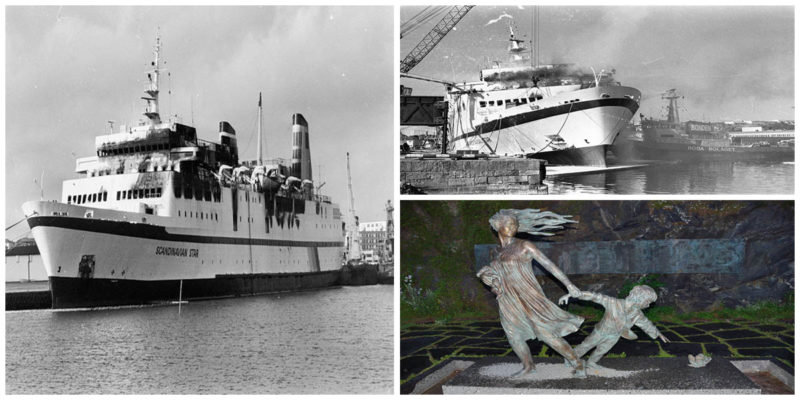In 1971, Dubigeon-Normandie S.A. shipyard built an extravagant car and passenger vessel: a ship that would go down in history not for its design but for something more disturbing. Her first ferry route was to cover Marseille, Malaga, and Casablanca.
MS Massalia, as the boat was initially called, was sold and renamed a number of times, and at some point was kitted out as a casino ship. In 1984 she became known as Stena Baltica, and then later Island Fiesta.
She was given her final name by Scandinavian World Cruises: Scandinavian Star. Under the new name, she was to cruise between Florida and Mexico. In 1990 the Scandinavian Star was purchased by Vognmandsruten, who converted her back to a passenger ferry to run from Oslo in Norway to Frederikshavn in Denmark.
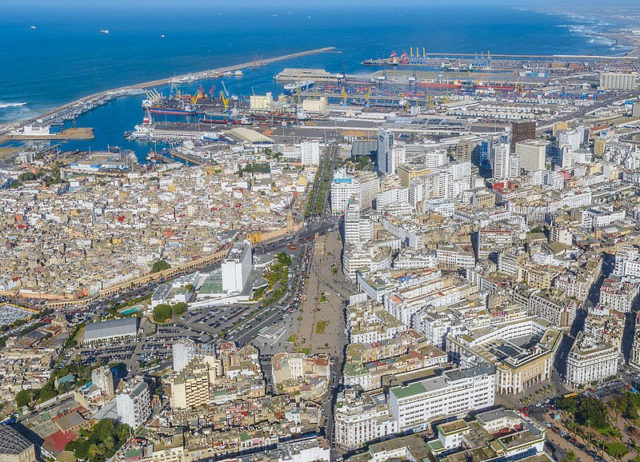
The new crew had only ten days to complete their training instead of the 40-day recommended time period for a ship of this size.
In the early morning, around 2 am, on April 7th, 1990, a fire was reported by a passenger to a receptionist. The fire spread rapidly and it wasn’t long before it had reached decks 3, 4 and 5. Despite the bulkheads being constructed of steel with asbestos wall boards, the wall laminate was constructed of melamine — a highly flammable material — and this greatly accelerated the spread of the fire.
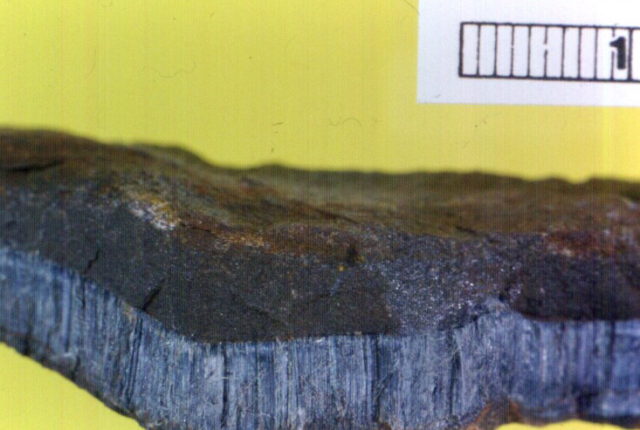
As the fire spread, toxic gases such as carbon monoxide and hydrogen cyanide were released from the burning materials. The captain gave an order to turn off the ventilation system in an attempt to control the airflow to the fire. Unfortunately, this resulted in toxic gases entering into the passenger cabins.
Some passengers hid in bathrooms and closets. Many were still sleeping. In a panic, some ran out of the cabins and got trapped by even thicker smoke in the hallways.
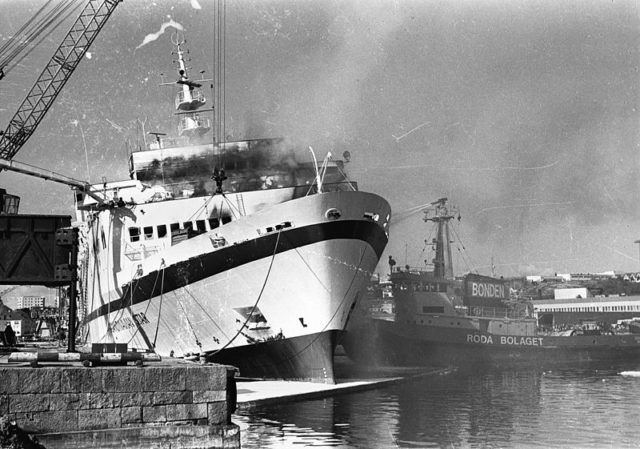
The alarms were sounded and a mayday distress signal was put out. The crew, the captain, and some of the passengers were eventually evacuated to safety. Sadly, there were many who didn’t make it out alive.
An investigation was launched into the reasons why so many passengers were not safely evacuated. It was suggested that many of the passengers never heard the alarm due to oversights in the layout of the alarm system. It was also proposed that additional panic was created due to the inappropriately trained crew and that the design of deck 5 was illogical in layout, making it much harder to find emergency exits, especially in thick smoke.
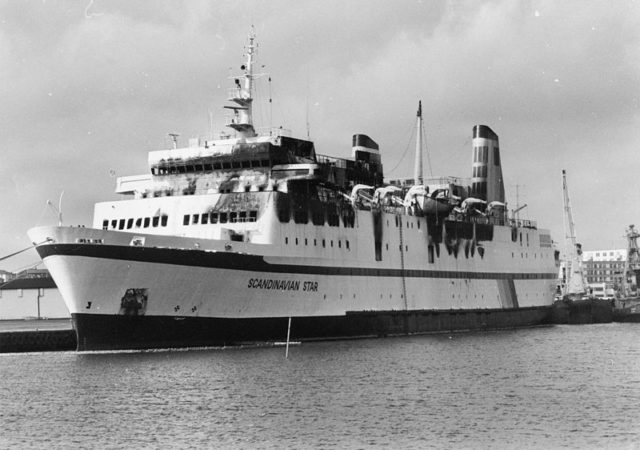
What was intended as a vessel to provide a relaxing holiday ended up as a tragedy where 158 people — 30 percent of passengers — lost their lives. 136 of those who lost their lives on board were Norwegian.
The ship had experienced other fires prior to this major one. It first caught fire in 1985 when a deep-fryer malfunctioned, and then in 1988 two fires were reported: one the engine room and one caused by a broken lubrication pipe.
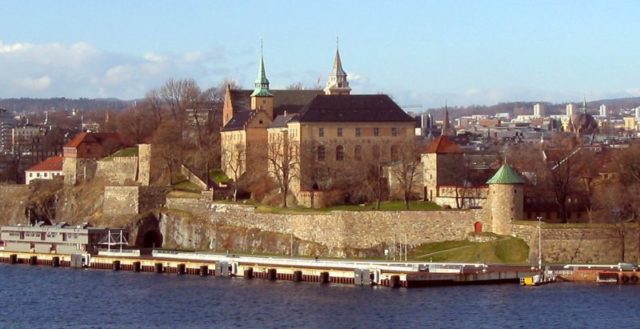
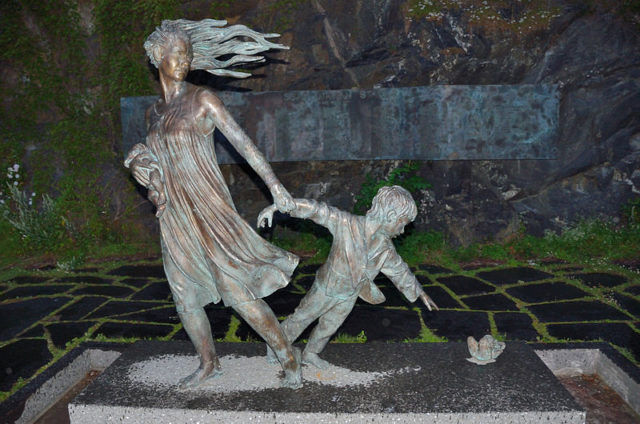
The ship was again sold, repaired and renamed several more times before being taken in 2004 to Gujarat, India, where she was scrapped. A memorial in honor of all those that died on board the Scandinavian Star, unveiled on April 7th, 2006, was erected near Akershus Fortress in Oslo.
